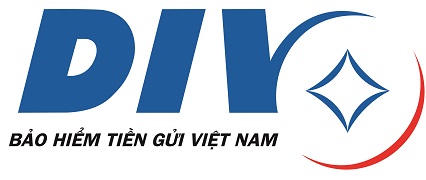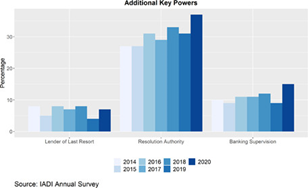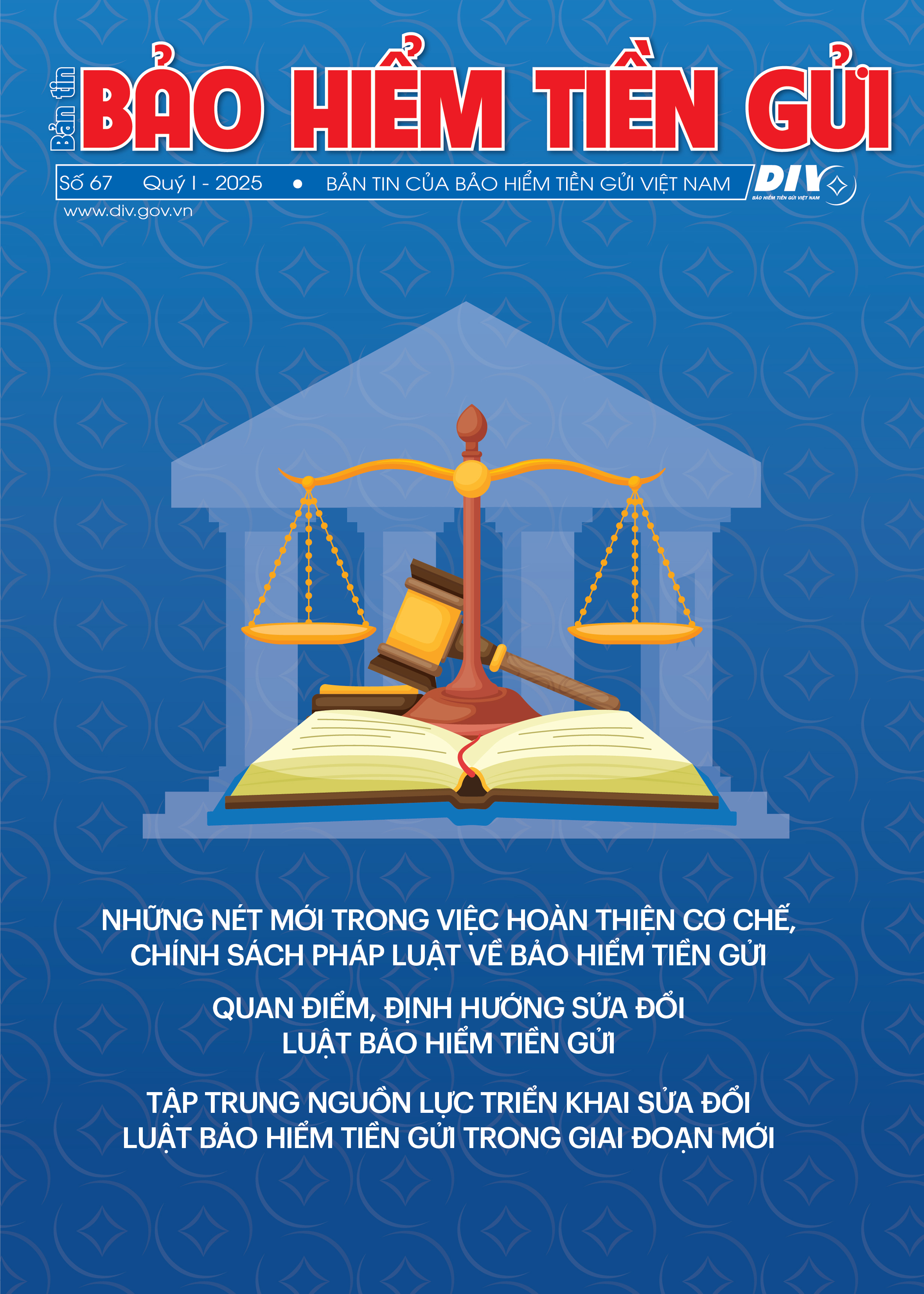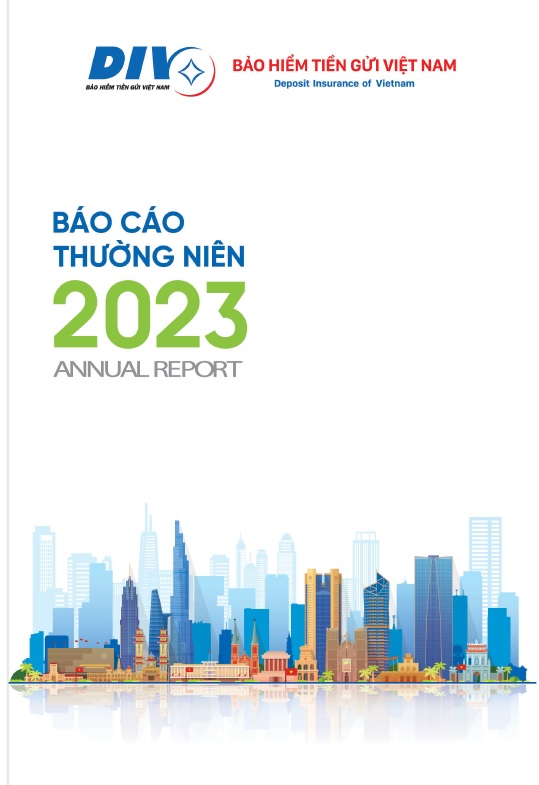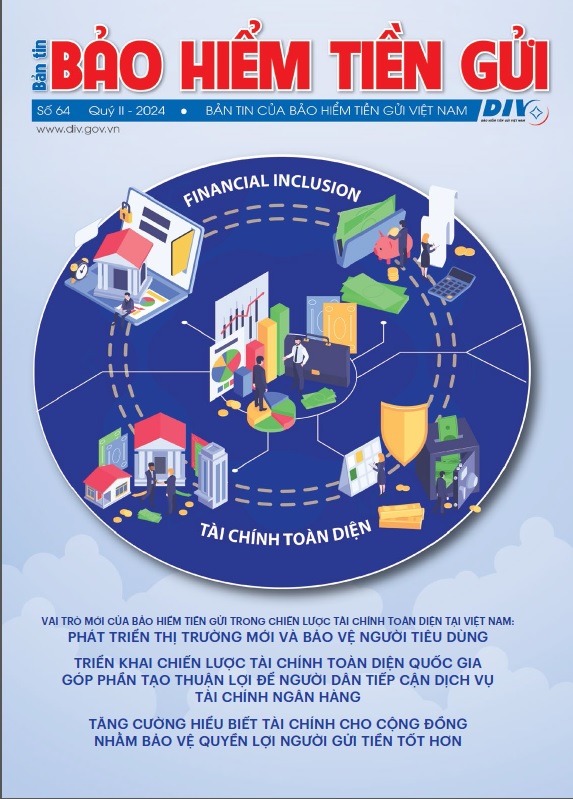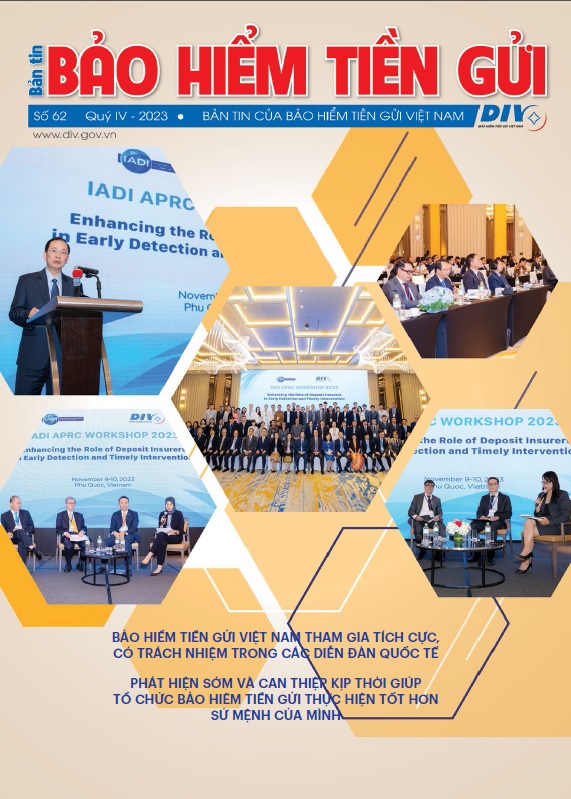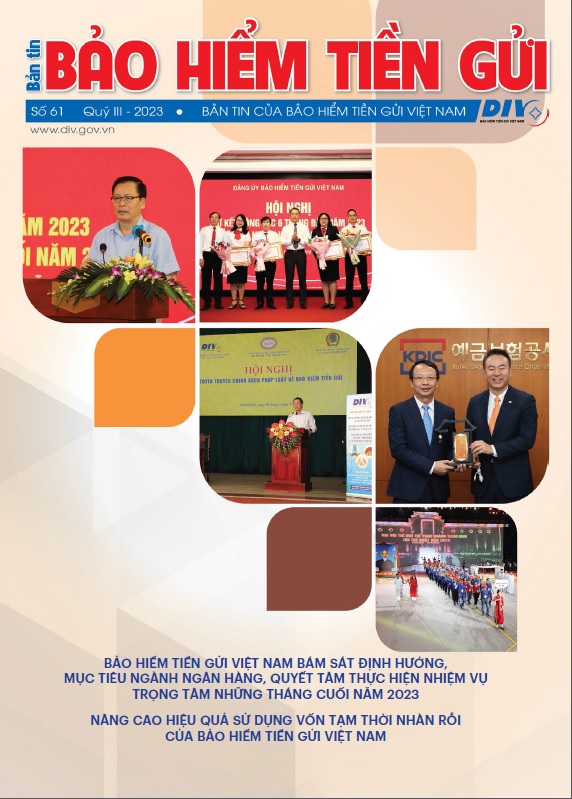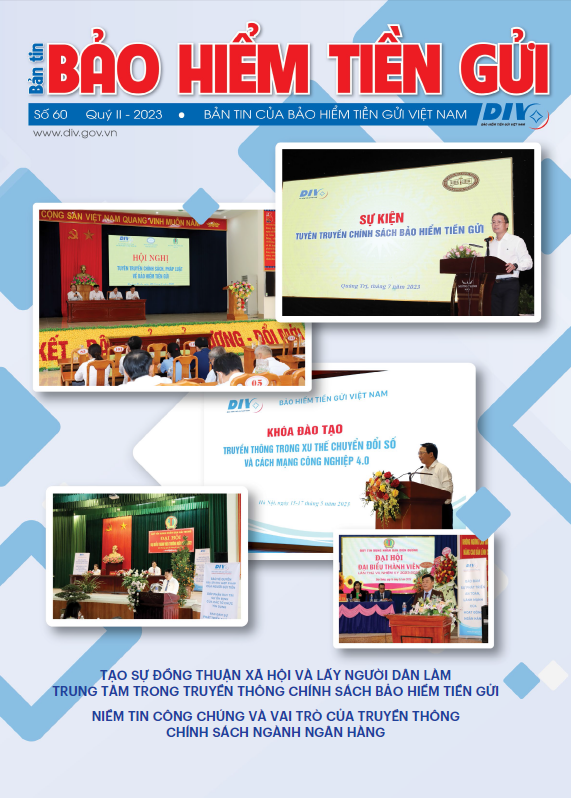Legal regulations on the DIV’s examination
The period before the Law on Deposit Insurance (1999 – 2012)
In 1999, the Government issued Decree No. 89/1999/ND-CP, which laid the initial legal foundation for implementing deposit insurance (DI) policy in Vietnam. Under this decree, the DIV conducted examinations to ensure insured institutions’ compliance with DI regulations.
Additionally, for People's Credit Funds (PCFs), the DIV examined them to ensure their compliance with operational safety regulations. Notably, from 2007 onwards, examinations were conducted with a focus on risk assessment from two key perspectives: (i) credit risk level and (ii) operational risk level. These assessments enabled the DIV to identify high-risk PCFs, issue warnings and recommend corrective actions to improve their administration and governance.
The period after the Law on DI (2013 – present)
(i) Examination of compliance with legal regulations on DI
The year 2012 marked a significant milestone for DI activities with the enactment of the Law on DI, which took effect on January 1, 2013. Accordingly, the DIV is responsible for monitoring and examining compliance with legal regulations on DI. The DIV also recommends the State Bank of Vietnam (SBV) to address any violations of these regulations. The examination areas include: (i) Compliance with regulations on the issuance or re-issuance and display of DI certificates; (ii) Assessment and payment of DI premiums; (iii) Receipt of insured deposits; (iv) Provision of information about insured deposits, as well as other requested information and reports by the DIV.
(ii) Examination of PCFs at the SBV’s request
Since 2019, following the Prime Minister's Directive No. 06/CT-TTg issued on March 12, 2019, on strengthening the DIV's role in supporting the SBV’s examination of PCFs, the SBV Governor has tasked the DIV with conducting examinations of PCFs. From 2019 to the present, the SBV has assigned the DIV to examine 234 PCFs, with an increasing number of examinations over the years. The scope of examination has also expanded to include: (i) Management and use of important seals; (ii) Savings deposit mobilization; (iii) Compliance with regulations on prudential limits and ratios for operations; (iv) Lending.
Key achievements from practical implementation
Some highlights from the examination of insured institutions are as follows:
First, the issuance of comprehensive guidelines for examination activities
The DIV has prioritized the development and issuance of guidelines for its operations including examination, especially after the enactment of the Law on DI. Continuous revisions to these administrative and governance documents have improved the examination activities. Recently, in 2021, to meet practical needs that arose during the examination process as well as to support the SBV’s examination of PCFs, the DIV issued additional documents and replaced the existing guidelines to ensure the examination process is carried out uniformly and coherently across the entire system.
Furthermore, following the Prime Minister's and the SBV Governor's instructions on the DIV's role in participating in and supporting the SBV's examination and supervision of PCFs, the DIV has developed a Scheme for strengthening the examination of insured institutions. This Scheme proposes both short-term and long-term solutions to ensure compliance with legal regulations on DI. Additionally, it sets aside the necessary resources for effective coordination with and participation in the SBV's examination of PCFs.
The issuance of comprehensive and coordinated guiding documents on examinations has created favorable conditions for the examination process. This has enabled the DIV to effectively fulfill its role in protecting the legitimate rights and interests of depositors, thereby contributing to the safety and stability of the banking system.
Second, the development and execution of annual examination plans, including examining PCFs as directed by the SBV to ensure that set goals are met
To determine the number of annual examinations, the DIV uses information from off-site supervision and other relevant data. Based on this, the DIV has developed several guiding criteria to decide how many insured institutions should be examined each year. This approach ensures that examinations are conducted effectively, focusing on key areas while considering available financial resources and the current staffing levels for examination.
Each year, the DIV’s entire system formulates an examination plan, which is then approved by the Board of Directors, and strives to meet or exceed this plan. On average, the DIV has conducted examinations of approximately 300 insured institutions annually, which represents nearly 25% of the total number of insured institutions. Additionally, the DIV has expanded the scope of examination to include the transaction points of the institution being examined.
The quality of the examination has been systematically enhanced at all stages, including preparation, execution, completion, and post-examination where the implementation of recommendations in the examination report is monitored. As a result, the DI Fund has recovered billions of VND annually due to under-premium assessment. Besides, the DIV has identified several shortcomings and weaknesses among insured institutions regarding their compliance with legal regulations on DI and SBV relevant regulations set by the concerning deposit mobilization, management, and the use of important seals. The DIV has clearly specified the causes of these issues, provided guidance, and made appropriate recommendations for each examined entity. This aids the SBV in taking timely remedial measures and corrective actions.
In response to requests from the SBV, the DIV has conducted examinations at a total of 234 PCFs from 2019 to the present. Over the years, the number of examinations has increased significantly: 6 PCFs in 2019; 18 PCFs in 2020; 22 PCFs in 2021; 53 PCFs in 2022; 60 PCFs in 2023; 75 PCFs in 2024. The scope of examination has also expanded, incorporating complex areas, and even sensitive topics. Despite these difficulties, the DIV has always met all examination requirements on time and maintained the quality required by the SBV. Based on examinations results, the DIV has made numerous proposals and recommendations to address the identified shortcomings and weaknesses in the PCFs. Additionally, recommendations have been made to the SBV on amending mechanisms and policies related to the operation of the PCF system. The SBV has acknowledged and appreciated the DIV's examination results, as well as its coordination and support for the SBV's examination duties.
Third, enhancing coordination among the DIV, the SBV, and local authorities
The collaboration with the SBV and local authorities during examinations – especially those at PCFs as directed by the SBV Governor — has received strong support from all involved units. The DIV has worked closely with relevant agencies from the very initial stage of developing the examination plan to prevent any overlap in responsibilities. Furthermore, upon completing examinations, the DIV has promptly informed the SBV of the results, highlighting any existing problems and violations identified within the insured institution. This approach allows the SBV to take appropriate measures to address these issues, thereby gradually reinforcing the DIV's position and role in the examination of insured institutions.
Since 2021, the DIV has developed standardized Regulations on cooperation and information exchange between the DIV and the SBV branches in provinces and cities. These regulations serve as a foundation for the DIV branches to engage in the development and signing of regulations that govern coordination and information exchange between the DIV branches and the SBV branches in these regions, following the SBV Governor’s instructions. As of now, the entire DIV system has successfully signed Regulations for coordination with all 57 SBV branches in provinces and cities where PCFs are operating. This achievement has further strengthened and improved the coordination and exchange of information between the DIV and the SBV branches, creating favorable conditions for effectively implementing the functions and responsibilities of each party.
Fourth, promoting the dissemination of DI policy through examinations
Through examination activities, the examination staff have effectively disseminated DI policy to insured institutions. This effort has raised public awareness of DI policy and ensured compliance with legal regulations, as well as with the regulations and guidance of the DIV. As a result, violations and shortcomings have been minimized, and cooperative relationships and coordination between the DIV and examined institutions have been strengthened.
Fifth, proposals and recommendations are made to amend and supplement DI policy, mechanisms, and policies related to the activities of insured institutions
Examination results have provided valuable information for other operational activities and contribute to researching and enhancing DI policy. Additionally, through examinations, the DIV has identified ineffective mechanisms and policies. This allows the DIV to propose recommendations to relevant authorities for amendments and improvements aimed at strengthening the management of insured institutions. These efforts also help create an environment in which insured institutions can grow safely and sustainably.
It is evident that, over the past 25 years, the DIV’s examination activities have achieved remarkable results. Thanks to the close guidance from DIV leadership and the efforts of the examination staff across the system, the DIV has successfully overcome challenges and completed its examination plans. These efforts have significantly contributed to the DIV’s mission of safeguarding the legitimate rights and interests of depositors, ensuring the safety and soundness of banking operations.
Some proposals to improve examination efficiency in the coming time
Building on the achievements, to enhance the effectiveness of examination and better support the examination activities of the SBV, it is essential to research and consider the following issues in the near future:
One of the key missions of the DIV is to help maintain the stability of the credit institution system and to ensure the safe and healthy development of banking activities. However, the scope of the DIV's examinations is currently limited to assessing compliance with legal regulations on DI. As credit institutions develop diversely and face increasing competition and risks, the range of examination must be expanded to better align with practical needs. Experience from various deposit insurers around the world indicates that, in order to effectively enhance the performance of its DI system, Vietnam should consider adopting the risk minimizer model and expand the DIV’s functions and responsibilities. Prudential examination of insured institutions may be appropriate sometime in the future when Vietnam's DI system reaches a higher level of development
The recent widespread application of digital technology in the banking operations of commercial banks has positively impacted operational models, leading to significant transformations in internal processes and the provision of advanced products and services for customers. This requires the DIV to improve the quality of human resources, strengthen training and re-training to equip the staff necessary skills and knowledge to contribute to modernizing working methods, improving productivity, quality, and efficiency of the DIV’s operational activities, meeting the requirements for implementing the DI Development Strategy in the coming time, in the context of the strong ongoing digital transformation at commercial banks.
According to Directive No. 06/CT-TTg of the Prime Minister and Directive No. 06/CT-NHNN of the SBV, the role of the DIV in supporting the examination functions of the SBV has yet to be legislated. Thus, coordination among relevant units during the implementation process is sometimes inconsistent. Therefore, it is necessary to stipulate the responsibilities and authorities of the DIV in engaging in and supporting the SBV’s examination and supervision of PCFs in legal documents, providing a solid legal foundation for the DIV to perform its tasks effectively.
Furthermore, appropriate and effective forms of communication regarding DI policy should be developed for insured institutions. This aims to raise awareness about DI policy, promote self-compliance with legal provisions and the DIV’s guidelines, and reduce violations and shortcomings, while strengthening cooperative and coordination relationships between the DIV and examined institutions.
Examination Department
Research and International Cooperation Department (translation)
